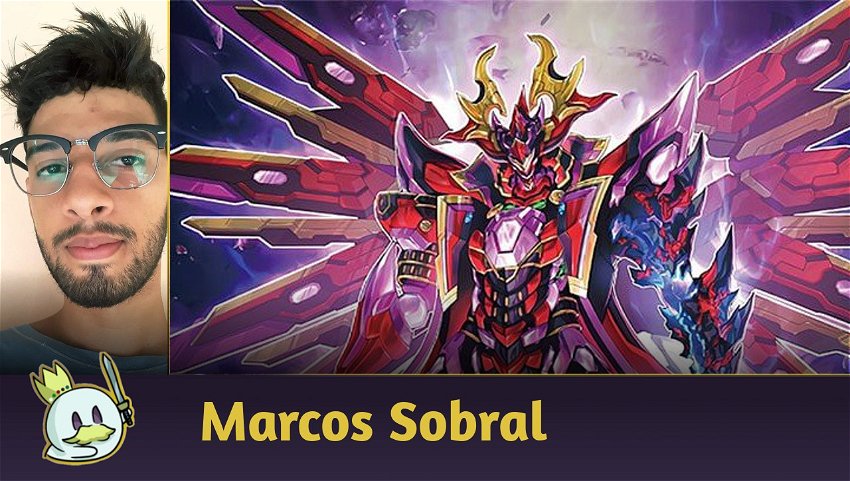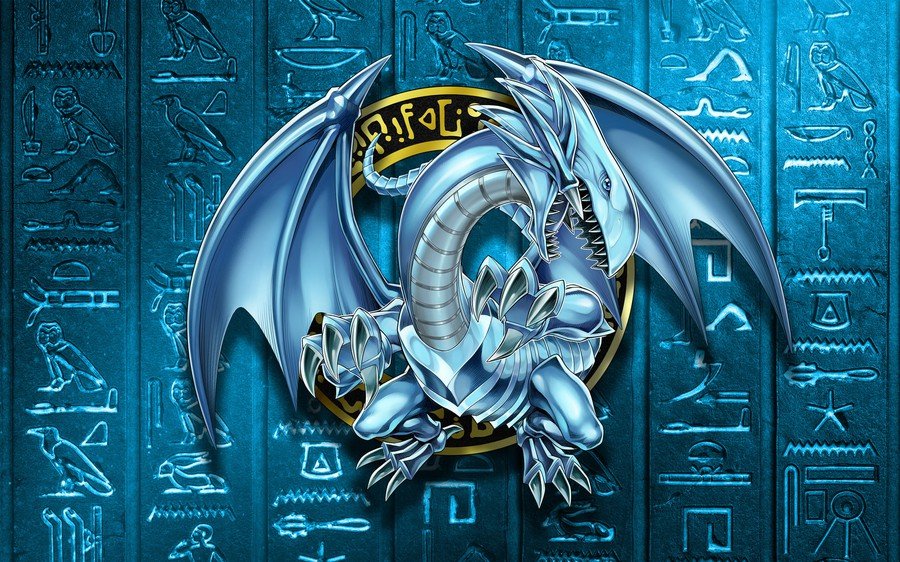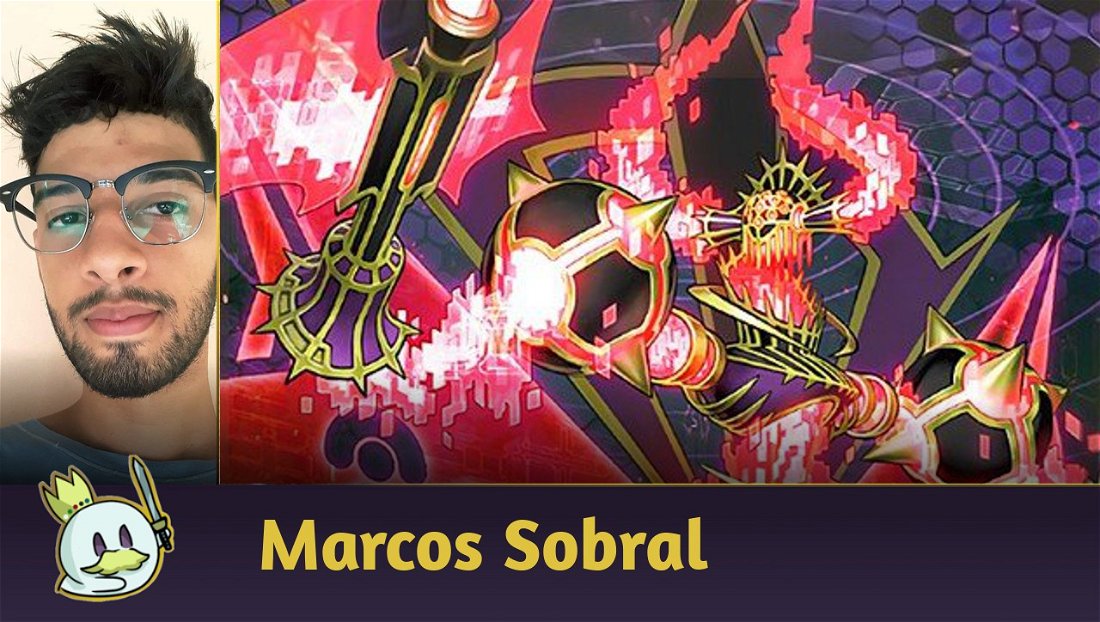Introduction
In today's article I'll be bringing an analysis of the Yu-Gi-Oh TCG Metagame, which went through some changes after the launch of Cyberstorm Access, a set that in addition to bringing new decks to the game, it also brought excellent support for archetypes that previously had no competitive relevance.
Since then, there have been some YCS's and National tournaments, where it was possible to observe which decks did better, and therefore, which decks constitute the new Metagame.
Check out the top 5 Yu-Gi-Oh TCG decks for the current format below!
Best Yu-Gi-Oh Decks post-Cyberstorm Access
Labrynth
Labrynth is a control deck that has been among the top decks for quite some time. Its mechanics revolve around interacting with any normal trap cards in the game. As a result, its old build had several normal traps and also floodgates.
However, the new trend in the format is to use a multiple handtraps approach, something that the new build manages to do, by reducing the number of trap cards in the deck. Another important point to mention is that the deck can ignore the techs that became popular in the format, such as Droll & Lock Bird and Ghost Ogre & Snow Rabbit.
In addition, the deck started to use more monsters, and through them, it manages to reach its engine traps more easily.
Mathmech
Like the other cyberse decks, Mathmech is a very consistent and resilient deck to interactions, in addition to having a lot of space for tech cards. Its differential is in its main card, Mathmech Circular, which put the deck on the radar of the meta since its launch, initially as a tier 2, but which today is certainly a well-consolidated tier 1.
In addition, the new supports for “Firewall” just released in Cyberstorm Access fit like a glove in the deck, increased its ceiling and also brought a new boss monster to the deck, Firewall Dragon Darkfluid - Neo Tempest Terahertz, who in addition to being able to finish games, can put interactions in your graveyard.
Spright Live Twin
Spright remains one of the best decks in yet another format, and this time, the strongest strand is Spright Live Twin, as in addition to running many handtraps, it is the best positioned variant in a format with Droll & Lock Bird and Ghost Ogre & Snow Rabbit on the rise.
The deck has a simple but very consistent play, its objective is to keep the “pop” of the Live Twin engine turned on, while maintaining a monster negate Spright Red and a spell/trap negate Spright Carrot as protection.
In addition, the deck allows you to use the most varied xyz or link 2 monsters, which guarantees you good versatility during duels.
Superheavy Samurai
Superheavy Samurai is an old deck, but only now, after the excellent support coming from Cyberstorm Access, has it become part of the Metagame.
The final field of the deck is usually composed of at least 3 negates, but its engine is versatile enough to innovate in its combo, being able to access the most varied extra deck monsters, in addition to having the possibility of FTK and hand loop combos. For this reason, the deck became the main target of the other competitors' deckbuilds, and cards like Droll & Lock Bird and Ghost Ogre & Snow Rabbit became popular for being excellent against it.
The main strong point of the deck is its high-power ceiling and great consistency, in addition to being the deck with the most space for techs among meta decks, and because it cannot use spells and traps, most of these cards are handtraps. Check out our complete Superheavy Samurai guide.
Kashtira
Kashtira remains the main Yu-Gi-Oh deck even without receiving supports, and the reason for this is the presence of Superheavy Samurai in the format. The reason is that other decks started to focus their techs on Superheavy Samurai, leaving Kashtira without a target on its back. Also, the handtraps that are currently on the rise can be completely turned off by Dimension Shifter, which has returned to Kashtira's main deck.
Despite not having significant deck changes, there are two main ways to play Kashtira. The first is to go for the combo of blocking the opponent's zones, very used at the beginning of the last format, but which leaves you vulnerable to Nibiru, the Primal Being.
The second is the combo known as “Arise pass” or “Arise control”, which consists of summoning Kashtira Arise-Heart in 4 summons, playing around “Nibiru”, but leaving its field weaker for Kaijus and the like.
In this way, it is up to the player to choose the best option for the moment, and to the opponents, to look for ways to and deal with the two versions.
If you would like to know more about Kashtura, check out our complete guide.
Conclusion
What do you think of the decks? You are welcome to share your opinion here in the comments.
For more information about the Yu-Gi-Oh! TCG keep following our articles, Cards Realm appreciates your collaboration!















— 코멘트 0
, 반응 1
첫 댓글을 남겨보세요